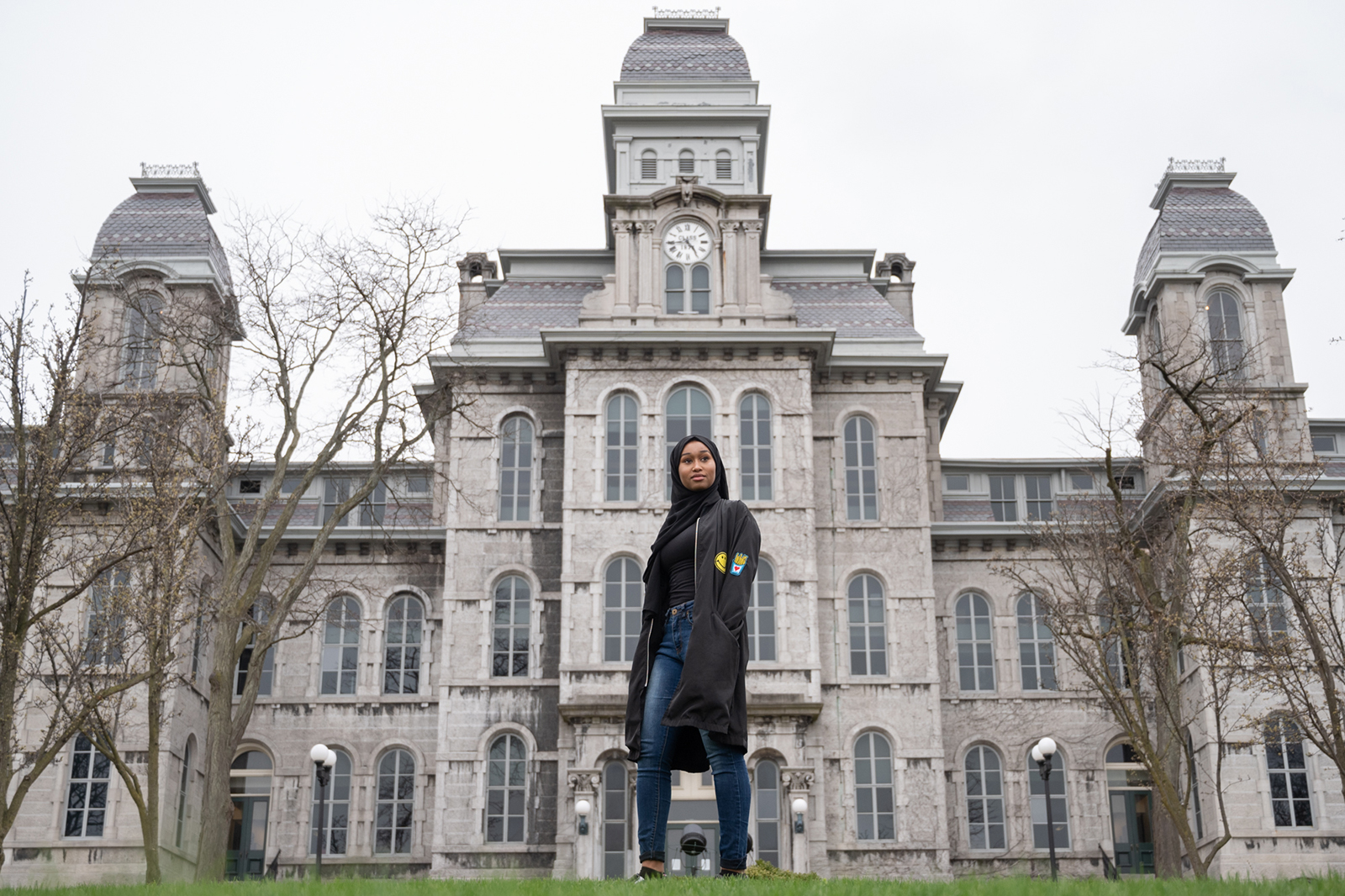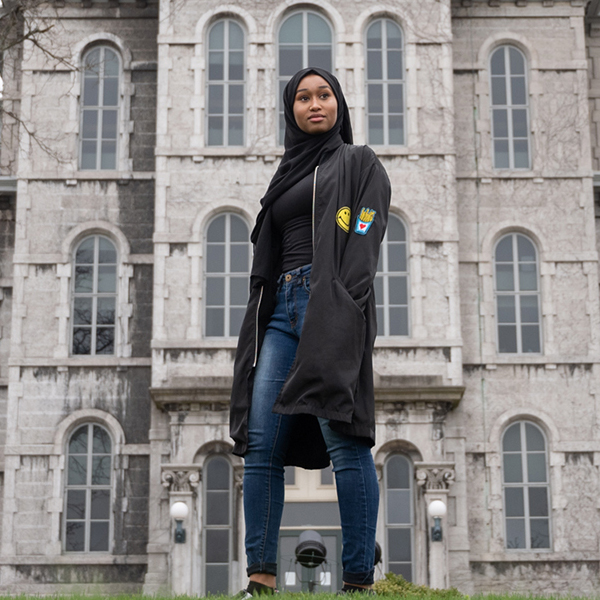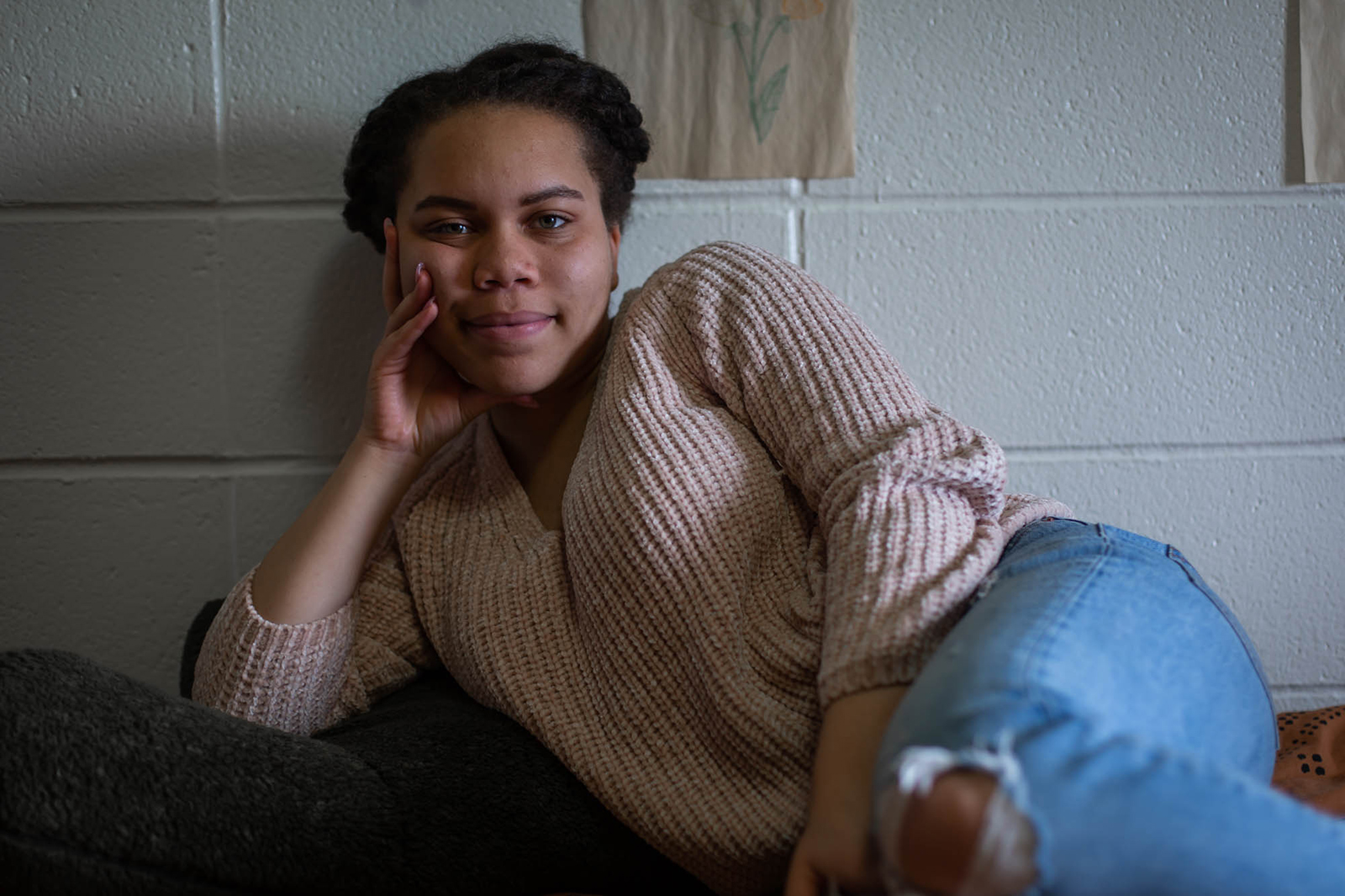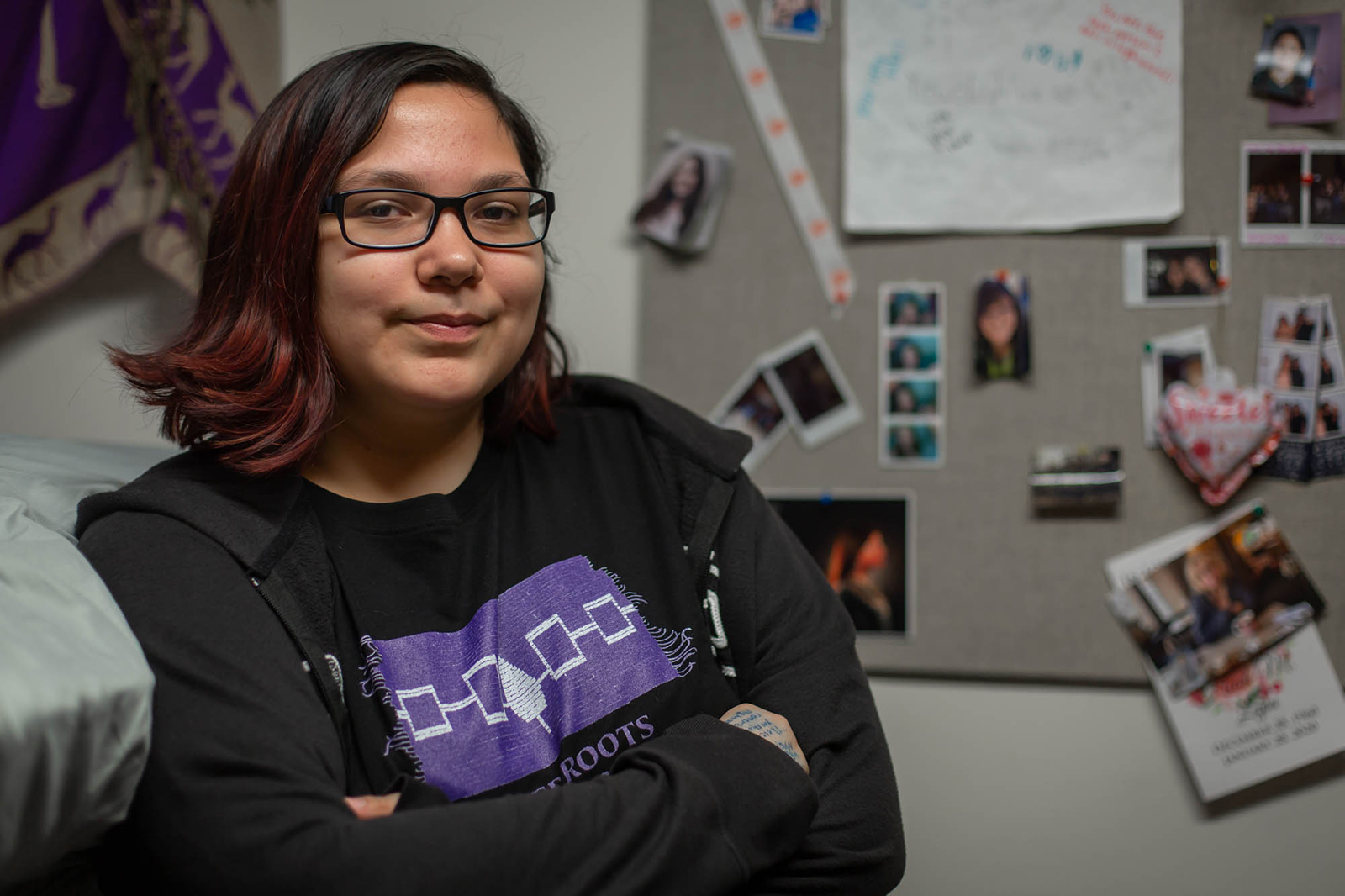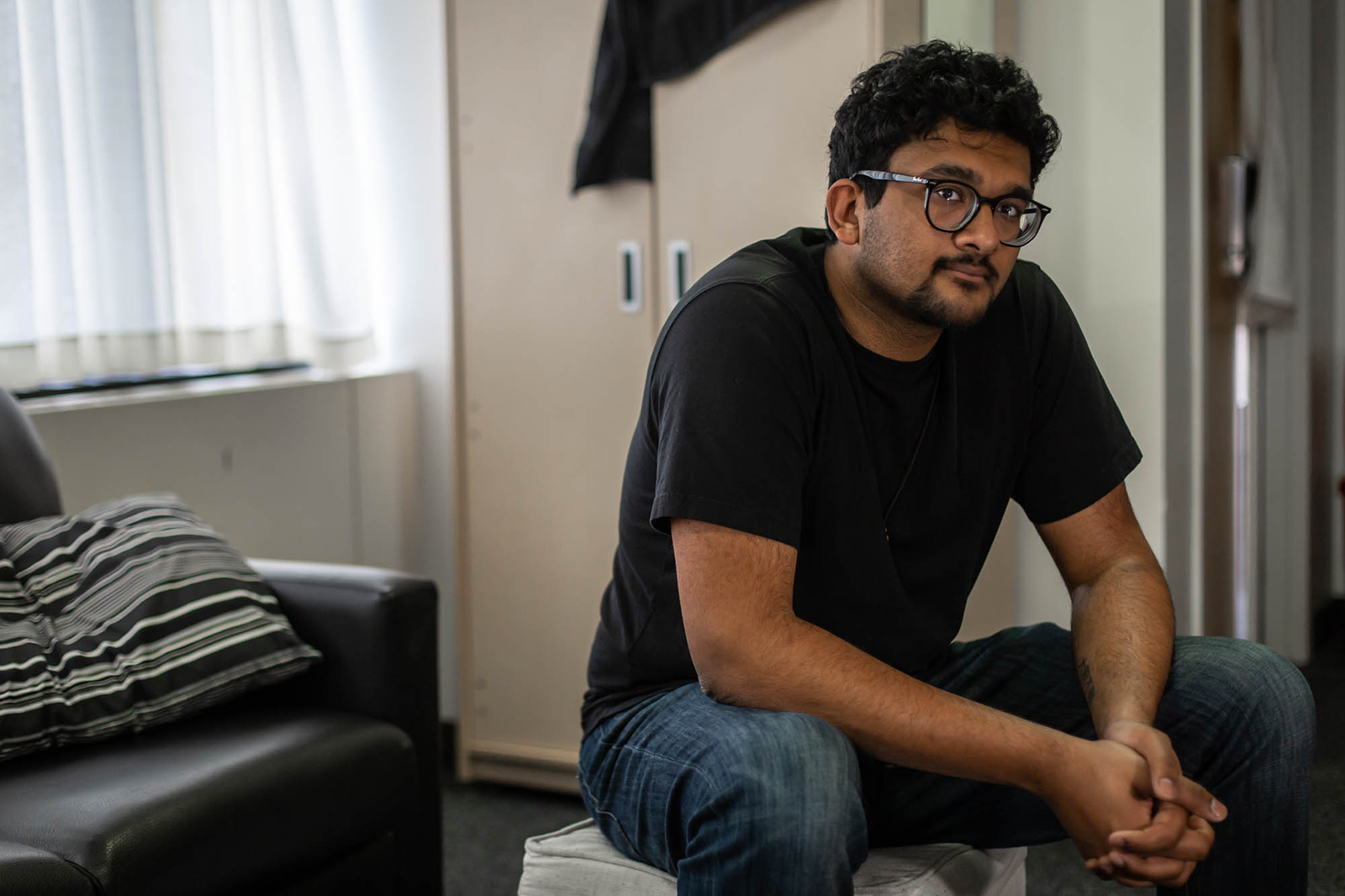Plus, first-generation students, who are predominantly students of color from lower-income backgrounds, face financial, academic and social barriers to success. Without the experiential support of their families, these students are often reliant on campus resources to navigate more socially and academically challenging environments. “And so we know from the Healthy Minds study that’s done annually — it’s a study of college-student wellness across the country — that if you’re low income, if you’re a first generation in your family to go to college, and if you’re a person of color — which those three often come together very commonly — that that is a significant risk for developing mental-health compromises throughout the college years,” David Rivera, associate professor of counselor education at Queens College-City University of New York and national advisor to The Steve Fund, said in a webcast forum on mental-health issues among minority students on campus sponsored by the Huffington Post and Harvard University’s T.H. Chan School of Public Health.
These factors create an environment that can foster depression, anxiety disorder, and other mental illnesses at a higher rate than these students’ white peers. “The research is very clear on this point, that stress is a strong contributing factor — it’s a robust predictor — of the onset of these very same illnesses,” said Stephanie Pinder-Amaker, founding director of the McLean Hospital’s College Mental Health Program and another participant in the Huffington Post and Harvard University’s webcast. “So we want to ask ourselves, relative to race and ethnicity, ‘What is it that students of color might be uniquely experiencing as stressors?’ It is repeated exposure to incidents of racism, discrimination, microaggressions, and questions about belonging on campus.”
of African American first-year college students feel more academically prepared that their peers
Source: The Steve Fund
of African American college students keep their feelings about the difficulty of college to themselves
Source: The JED Foundation
As institutions begin to address the unique challenges of being a student of color at PWIs, experts suggest that a defining factor in their success is “counterspaces,” places away from the larger campus environment, where students can form relationships with people who share similar racial, ethnic, or cultural backgrounds. At institutions where the majority of students and professors are white, according to a 2019 study by the Pew Research Center, U.S. college students are twice as likely as faculty to be Black and four times as likely to be Hispanic, and these spaces provide a sense of affirmation lacking in their broader educational experience. “We need spaces that are affinity groups. Or affinity spaces, where like-minded students that have a similar background can come and kind of vent with each other about their experiences that they’re having on campus, to find that support,” said Rivera during the webcast.
Institutional examples of counterspaces designed to support marginalized students exist all over the country: The Ujamaa Residential College at Cornell University, the W.E.B. Du Bois College House at the University of Pennsylvania, and the George A. Jackson Black Cultural Center at Iowa State University. Virginia Tech offers five “cultural centers” for students, focusing on smaller, separate spaces for students based on their affinity group. Each one supports a different racial-ethnic identity within their larger student center. Their first space, the Black Cultural Center, opened in 1992, but in 2016, the university opened four other separate spaces for Indigenous, Hispanic and Latinx, Asian, and LGBTQ. The university also allocated resources to hire staff and increase the budget for each affinity group.
Emebor arrived at SU just as the Black students on campus had experienced a major disruption to their community, losing an informal affinity space, due to renovations being made to the Schine Student Center, which began in May 2019 and continued during all of the 2019-2020 school year. Schine served as the unofficial cultural hub of campus. It housed the Office of Multicultural Affairs (OMA), provided a large entryway where Black and Latinx students often set up tables to advertise their clubs and organizations, and featured a café with a Dunkin’ Donuts and the New York pizza chain, Sbarro. At a school where Black students constitute less than 8% of the undergraduate population, Schine provided the one place on campus where students could be sure to find someone they knew and someone who looked like them.
“The more that you see someone and engage with them, the more likely you are to build a relationship with them.”
Without Schine, community engagement spread out to other, smaller locations around campus. But it also spread thinly, with the freshmen students of color often left out of the equation. OMA moved to the fifth floor of Bird Library, and clubs stopped tabling as frequently, leaving freshmen looking for a community with no home base. “The more that you see someone and engage with them, the more likely you are to build a relationship with them,” says Madison Tyler, a Black freshman from Inglewood, Calif. “I feel like that’s been my issue with some of the affinity spaces, the meetings are very sparse, and I wanted to get more out of that.”
The challenging environment worsened a few months into the fall semester when the university’s administration informed students of reported racial slurs written in bathrooms on two floors of a freshman dorm. When students of color alleged that the university covered up the incidents, protesters created a movement known by its hashtag #NotAgainSU and began occupying the Barnes Center, a $50 million, newly renovated wellness facility, for more than a week. In the absence of Schine, the protest became the first time freshmen saw many other people of color in the same area, outside of a party. During the occupation, the sense of community returned to campus for the university’s students of color, and some upperclassmen began calling the Barnes Center lobby, which served as the main location of the protest, the “New Schine.”
“Everyone at the sit-ins was together so much of the day that we built our own sense of community there, like our own safe space,” says Khadija Mohamed, a part-time freshman at SU. “I think one of the main reasons why people kept coming back was because, like, in that space, everyone felt safe.” Like Mohamed, many students who participated in #NotAgainSU recognized the need for a permanent physical space for students of color, and one of the demands from the protesters was for a center and a multimillion-dollar endowment for programming for students of color.
But even when dedicated spaces for students of color exist, they run the risk of being co-opted by the general public. In February, a video surfaced of a Black student at the University of Virginia asking white students to leave the university’s new multicultural center. “This is an MSC [multicultural student center], and frankly there’s just too many white people in here, and this is a space for people of color,” the student announced. “So please be cognizant of the space that you’re taking up because it does make some of us people of color uncomfortable when we see too many white faces.” The video sparked a backlash from white students, but the student highlighted a major concern for students of color — repeatedly not having their voices heard. At other campuses students have raised similar complaints. Ruby Mendenhall, an associate professor of African American at the University of Illinois at Urbana-Champaign, says that when students at her campus experienced similar frustrations, the professors chose a different response. “We talked to them,” she says, of both the students and representatives for the institution. “We helped students put together requests from the administration, and told the administrators these are some things that they said that they need.”
“Access to counterspaces promotes minority student college persistence and their psychological, emotional and cultural-wellbeing, thereby lessening the psychological costs of college.”
In addition to operating as places where students can relax and have fun, counterspaces also operate as locations where students can organize and combat the racism prevalent on campus. “There is important overlap between an institutional culture that reinforces equity and inclusion and institutionally supported student organizations for civic and activist-identity development,” says Micere Keels, associate professor of comparative human development at University of Chicago and author of Campus Counterspaces: Black and Latinx Students’ Search for Community at Historically White Universities. In the book, Keels sets out to provide a detailed account of how racial-ethnic identity informs the college-transition experience of Black and Latinx students. When faculty and staff advocate for students, resources for counterspaces become much more available, she says. And currently, faculty from universities all over the country are looking for ways to support students of color both in and out of the classroom. Keels wrote Campus Counterspaces as a guide for institutions to find tangible solutions for students of color, and to assist with that mission.
“There is compelling evidence that students from historically marginalized groups continue to experience historically white college campuses as less than welcoming, and sometimes, as actively hostile spaces,” Keels says. On the website about her book, she adds, “Access to counterspaces promotes minority student college persistence and their psychological, emotional and cultural-wellbeing, thereby lessening the psychological costs of college.”
Freshmen Jordan Goodwin and Yewela^wi:se Cornelius, Indigenous students, say they found their footing on campus through the Indigenous learning community, a university-sanctioned section of Haven Hall dedicated to providing a community for Indigenous students at SU, a university that sits on the ancestral land of the Onondaga Nation. Goodwin and Cornelius spend most of their time at the Native Student Program Office, which offers free snacks and a study lounge dedicated to Indigenous students. Cornelius says she goes every day.
But Emebor never found that space that offered her affirmation, safety, and comfort. “I just tell myself, like, you’re here for one more semester, just one semester,” she says, “whether you like it or not, you have to stay here.”

